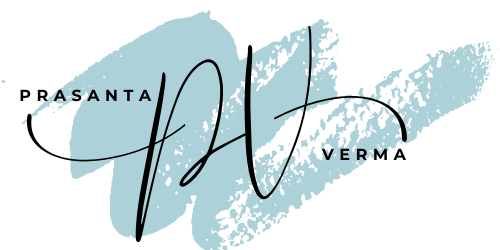Have you ever been to a presentation or meeting and left shaking your head, trying to make sense of what you heard? Or perhaps, on another occasion, you were following along well, but others were not?
We all process information differently, and it is helpful to understand in what ways we learn best. Just as you learn best in specific ways, so does your audience.
There are three broad learning styles, and these are generally referred to as: visual, auditory, and kinesthetic (or tactile). These learning styles can be further delineated into sub-categories, but most of us have a particular leaning toward one of these, though we use all three modalities to learn and take in information. Let’s look at these in greater detail.
Visual learners find it easier to learn by reading and studying written words, viewing charts, videos, or other visual material. If you prefer reading a textbook as opposed to listening to a lecture, then you are more likely a visual learner. Visual learners are further sub-categorized as either visual-linguistic or visual-spatial learners.
One way to determine which one of these is dominant is to consider how you like to understand directions from point A to point B. Do you prefer to have written directions with specific “turn left”, “turn right” directions? If so, then you are more likely a visual-linguistic learner. If you prefer to look a map with a starting and ending point, then you are more likely a visual-spatial learner.
A visual-linguistic learner may prefer to take notes during a lecture, create word-based flashcards, or highlight words in a book. Visual-spatial learners prefer graphs, charts or pictures. They may create image-based flashcards, and try to visualize the information in some real-world scenario.
Auditory learners prefer to rely on their ears as opposed to their eyes. This type of learner finds it easier to learn data and facts by listening to someone else speak. One way to determine if you are an auditory learner is if you talk to yourself or if you like to read aloud. If you do, this might be a clue that you are an auditory learner.
Auditory learners would prefer more lecture-based learning as opposed to studying written materials. They may prefer a quiet place where they can read aloud or joining a study group to talk with others to discuss the material. A song or jingle may help them remember, or listening to books as opposed to reading them.
Kinesthetic learners like to move or touch. These learners enjoy “doing” while learning as opposed to being still. Kinesthetic learners are those who may not be able to sit still or listen to a lecture easily. They have to be doing something else while listening, whether it is taking notes, highlighting or some other way of keeping engaged.
Kinesthetic learners would enjoy a lab or hands-on learning, using highlighters in books, creating an outline on paper while going through lessons, turning the learning into a game, or listening to audio materials while exercising.
Adults, college students, and school age children would all benefit from learning what their learning styles are.
As communicators, it is helpful for us to remember that our audiences are a mix of these learning styles. This is useful information for parents, educators, writers, speakers, etc. As a parent, if you can identify your child’s learning style, you will better understand your child. As an educator, you can plan lessons that incorporate a variety of learning modalities. As communicators (which we all are, at varying degrees, and to varying audiences), using multiple ways to get a point across is going to resonate with more of the audience and more likely to hit home.
Numerous resources, both written and online, are available to help determine one’s dominant style and how best to learn or present information.
In the next several blog posts, we will look more at learning styles, as well as a couple of other ways of understanding our audience (and ourselves) better. There is so much more to explore here!
Question for you: What is your dominant learning style? Do an online search to find some assessments to help you determine your learning style.


*
*
*
*

Trackbacks/Pingbacks